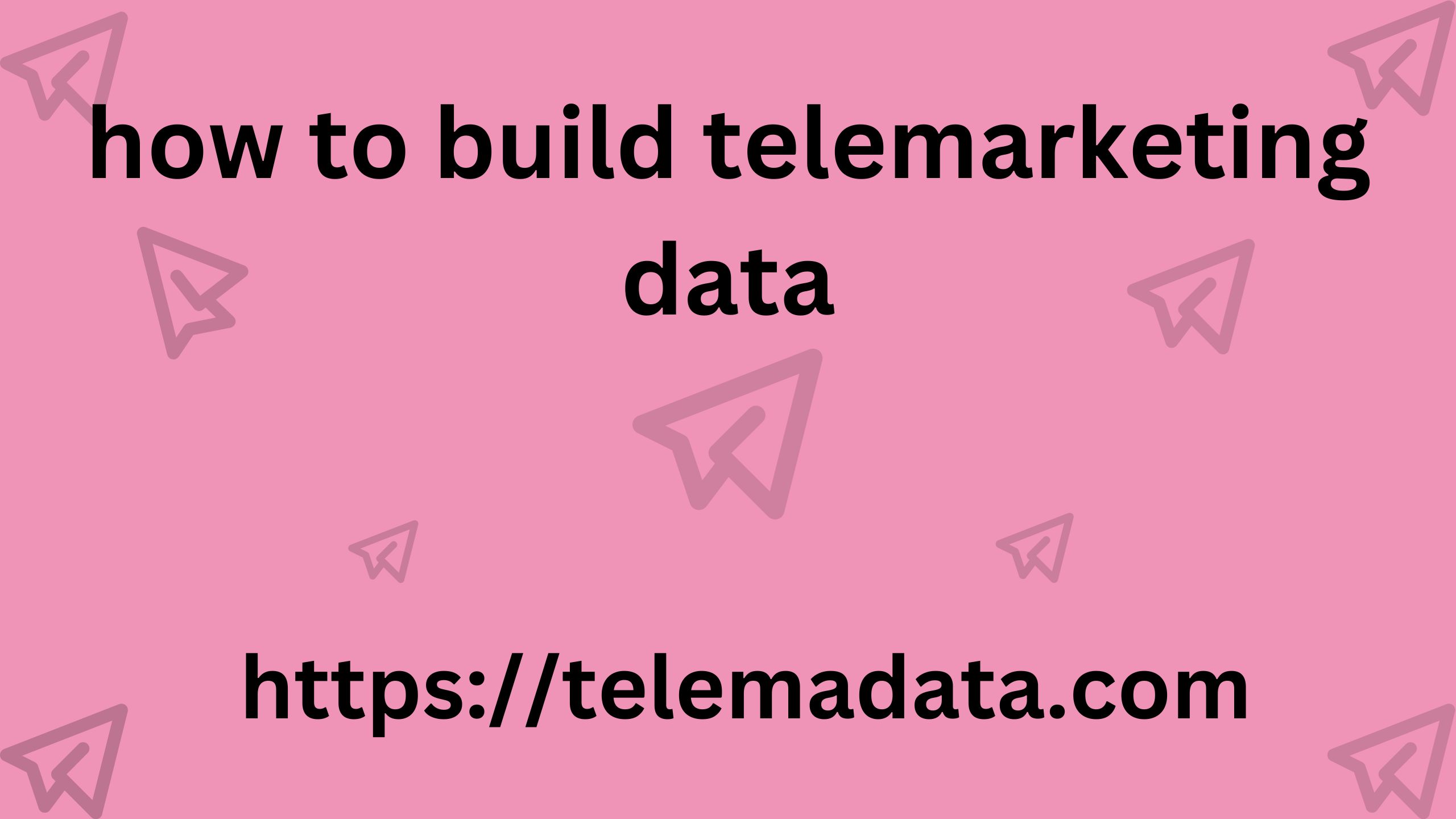When setting up SEO for your website, one of your tasks is to figure out what type of rich snippets are right for you. The simplest way to do this is by business type. While this process is not difficult, the following will give you a good idea of the type of rich snippets that will be most effective for your website.
E-commerce Sites
If you are running an Ecommerce store, you will want product details (price, availability) and ideally review stars in your snippet.
This means what you need to implement is the “Product schema”.
Review Site
Do you run a review site? You want your ratings for each article, and often the name of the reviewer, to show up on Google. So you might think that the “Review schema” is what you need to add. But in fact, if you’re reviewing a product, you can also use the Product schema (with “Review” as the section).
Content Sites
For a general content site, you have several options. However, for maximum visibility in search results, the FAQ schema and the HowTo schema are recommended for you.
When Should You Use the FAQ Schema?
FAQ schema is a part of every process and how to build telemarketing data can be applied to a variety of different types of content. Simply add an FAQ section to your article or page, make sure you have the correct schema and are spreading each process correctly. Most informative articles will be suitable for including an FAQ section. However, you can also try adding an FAQ to a business service page.
When Should You Use the HowTo Schema?
Any how-to article that includes steps is a great opportunity to add a HowTo schema. And it’s probably the most noticeable of all Rich snippet formats. If you have content that resonates with you, I highly recommend giving it a try.
How to Get Rich Snippets?
Rich Snippets are created based on structured data that is available for specific pieces of content. The data is formatted and organized in a way that makes it easy for Google to understand and use for FAQs and other purposes.
First of all, standard search result snippets midjourney nədir və onu necə istifadə etmək olar? can already provide a pretty good overview of the content. For example, in the case of most of our articles, there’s not much that can provide additional value for the user. If any of the categories seem relevant to you, head over to the official documentation, check out possible enhancements and features for your content type, and decide if it’s something worth implementing;
- News
- Media and entertainment
- Books, Education
- Events
- Datasets
- Business related content
Implementing FAQ Rich Snippets is a very popular modern SEO tactic to get more FAQ real estate. Although it is listed under the product type, it can be used on any page that has an FAQ section. The simplest method is to place the code in the <head> section of your website. You can also use Google Tag Manager to deploy this code. Remember to add schema only for user-visible content and follow Google’s guidelines for the chosen schema type.
For example, you should not use
FAQ markup for advertising purposes and it must be written by the site itself. If you’re using WordPress, plugins have you covered. Structured data is aob directory supported in all-purpose SEO plugins like Yoast or Rank Math , or there are even plugins made just for schema implementation. Yoast is good for the basics like FAQs and HowTo schema, but you’ll need a more specialized plugin for a wider range of schema types. After checking out the free versions of the most popular plugins, you may like the user experience and markup options of options like Rank Math .
Using markup builders and plugins makes the markup deployment process somewhat seamless
However, it’s a good practice to run it through Google’s Rich Results Testing Tool . This will tell you right away if the code or page is eligible for Rich Results. If you’ve already verified the markup, you shouldn’t have any issues. The great thing about this is that you don’t have to set anything up. Once you deploy the Rich Results markup and Google crawls those pages, it will show up in GSC.
It’s a good idea to get more engagement and clicks with Rich Snippets, but remember that the structured data behind them is part of a much bigger deal. Google uses structured data to help build the Knowledge Graph. It’s what helps Google provide more relevant search results, and it also fuels its other features like Knowledge Panels. Understanding how the Knowledge Graph works and how to use it to your.

